Why?

We need to change current authentication paradigm
The way we gain access to physical spaces today (offices, warehouses, factories laboratories, sport facilities, VIP rooms, homes, cars) is broken.
- it puts too much responsibility on end users and is inconvenient for them (e.g., they have to carry keys or cards).
- it requires manual intervention whenever something goes awry (the user forgot the access card or lost the key).
- it is vulnerable to breaches (e.g., when it relies on only one or two methods).
- it is inflexible and hard to adapt to new threats and technologies.
That's why it's high time to change the paradigm.
We believe in a world where lost keys or a forgotten door code are no longer a problem.
What?

LadonAuth is an AI-driven authentication system
LadonAuth:
- is flexible and allows you to compose your own solution from multiple methods.
- can grow and change according to your needs (e.g. it is easy to add a new method to it or replace it with another one).
- is intelligent: it learns by itself.
- replaces inconvenient and suboptimal solutions (physical keys, access cards, tokens) and reduces the amount of manual work involved in protecting objects.
How?

How does LadonAuth work?
You are running, late, to work. You hold your laptop bag in one hand and your coffee in the other. You walk up to the closed door to work, which... just opens. Because it's you.
The door doesn't open to intruders or random people, yet it doesn't need any key or token to identify you.
How does this happen? As a user, you don't notice it, but as you make your way through the hallway, cameras and sensors have analyzed, for example, your walk and your face and identified your phone. As a result, they don't need any of your intentional actions to recognize you and let you in.
This is how LadonAuth works.
Our approach combines maximum user convenience with the highest standard of security
That's why LadonAuth:
- is based on a combination of multiple methods, not on a single one.
- decisions are made by a constantly learning algorithm that analyzes data from multiple methods running simultaneously.
For each client, we build a unique ecosystem based on the various methods:
LadonAuth recognizes a phone when a person with the device is nearby
LadonAuth uses Bluetooth RSSI (Received Signal Strength Indicator) which is a metric that represents the relative quality level of the Bluetooth signal received by the device. This lets the system know that the user is approaching.
The method belongs to the "something the user has" group. It assumes that since the person is carrying his phone he is the one he claims to be. It does not require any additional action of removing the device from a purse or pocket.
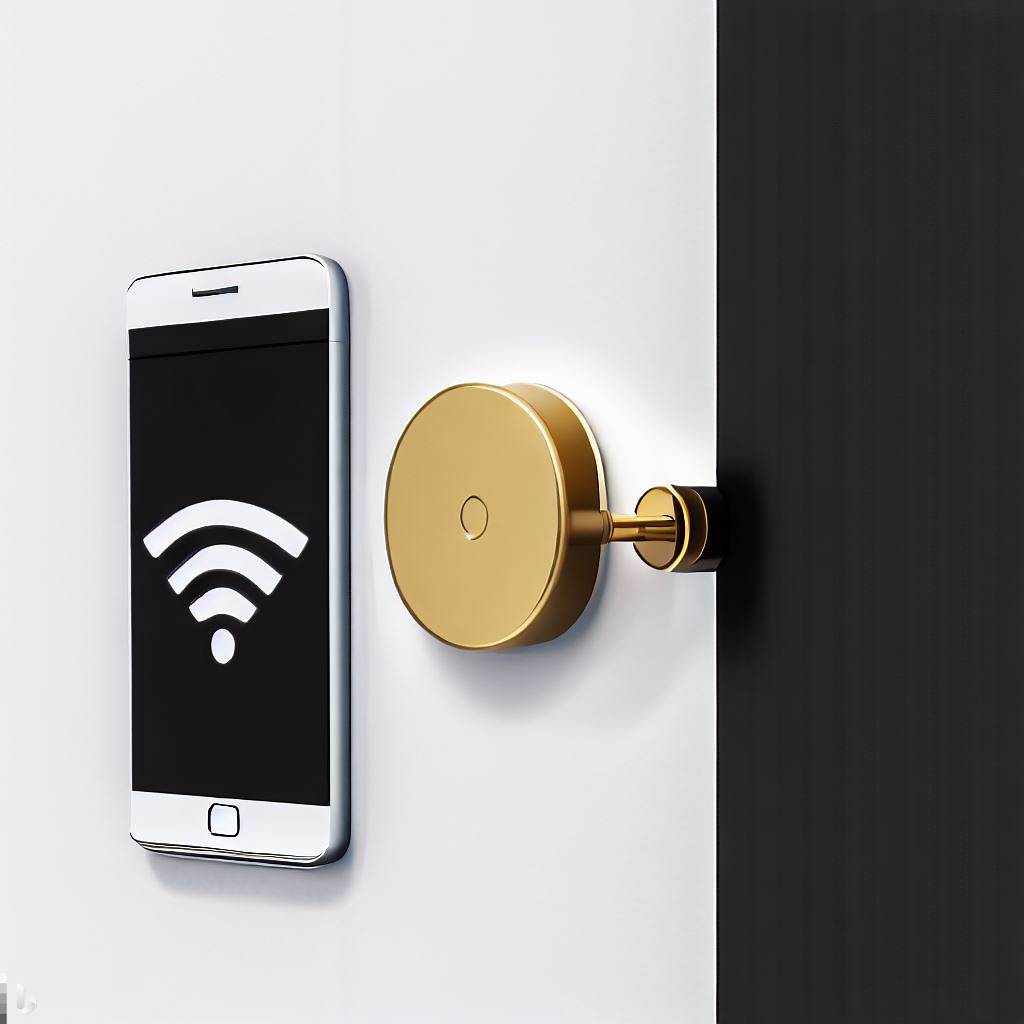
The privacy and data protection of our users is our top priority
The camera footage is streamed only to capture the human face in order to retrieve a grid/vector. Such a vector is compared for similar features with grids/vectors known to the system. The system only stores the profile photos provided by users/employees to know which ones should be allowed access.
No additional approvals are required beyond those already in place, provided by users/employees when sharing their photo to prepare a physical ID or tools like Teams/Outlook, etc. The administrators of these photos remain the parent company.
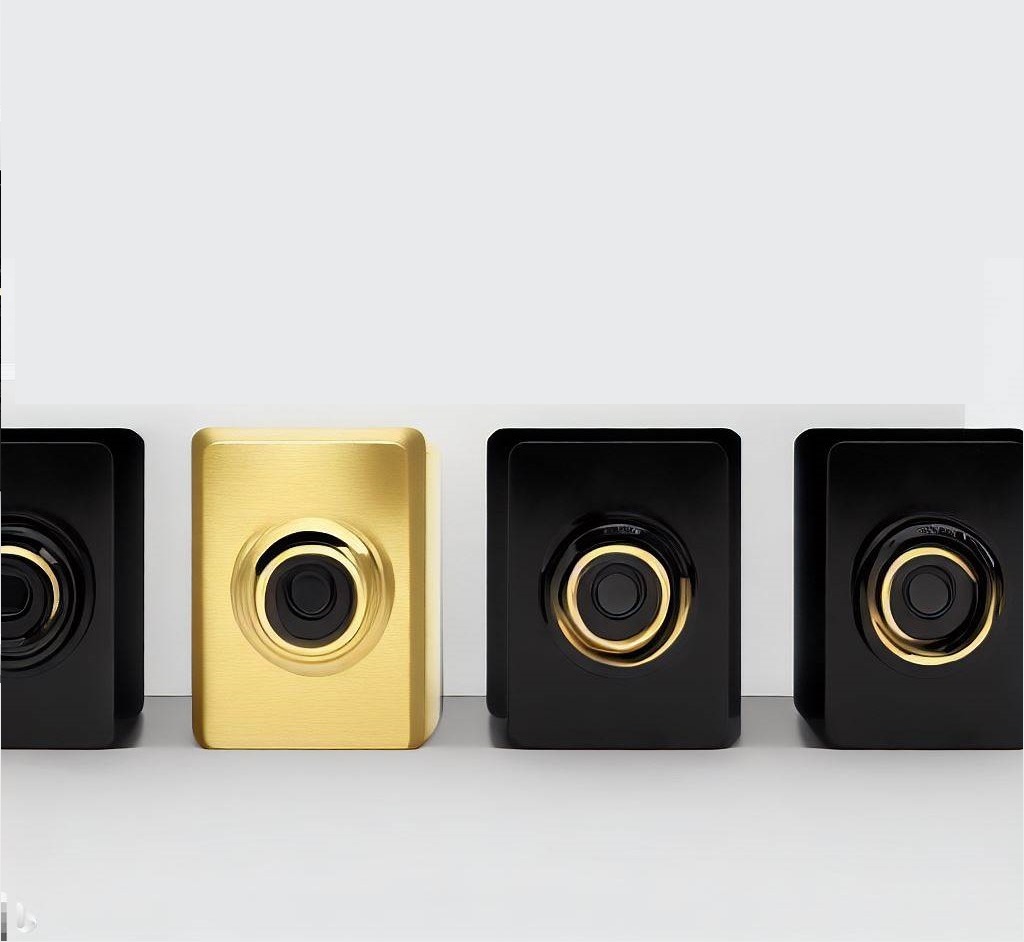
Each of us walks differently. Different enough to be able to confirm who we are
In the method, characteristic body points (known as pose landmarks) are taken. The way these body points move in space is recorded in vector form and compared with profile ones. Those vectors that the system recognizes, it passes through as authenticated.
However, no additional recordings of users' gait are required. LadonAuth learns users' gait based on correct results from other methods.
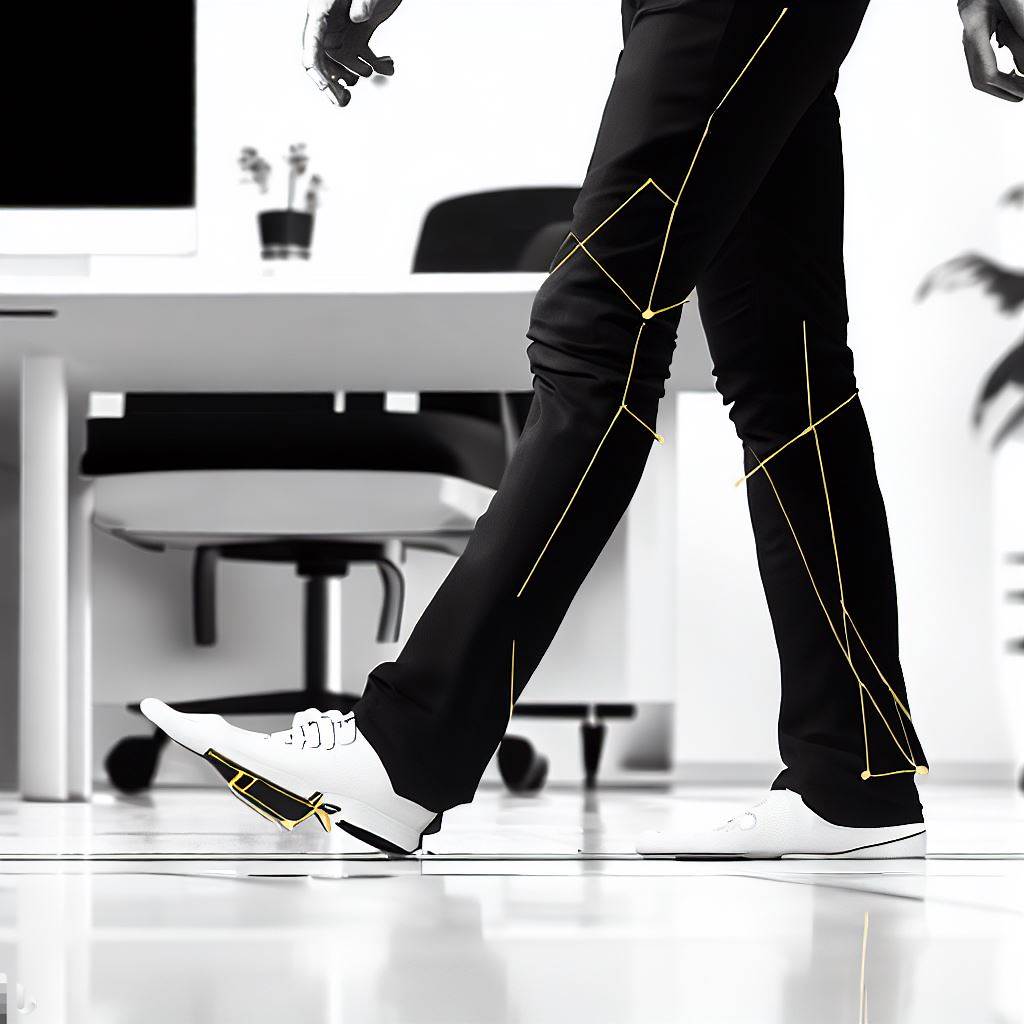
If there is not enough light in the room or people are wearing masks facial recognition becomes more difficult
Thermal cameras are a suitable way to develop more reliable identity recognition models. Facial heat map relates to the use of physiological features (e.g., vascular networks).
Unlike visible light cameras, thermal sensors are more resistant to changes in lighting and can operate in dark environments.
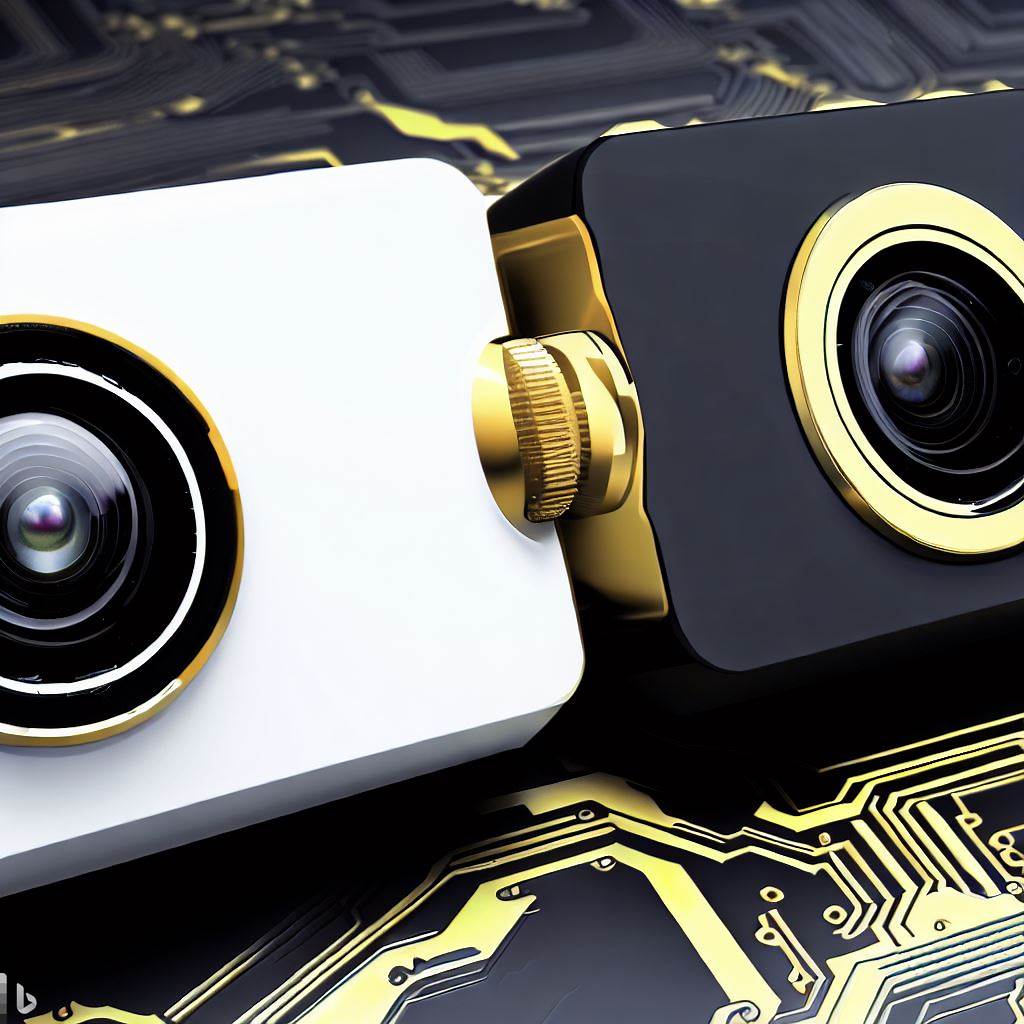
Increasingly, our devices are looking for WiFi hot spots. This is also how we can confirm our identity
Ladon Auth permanently searches for other WiFi devices in the vicinity. When we are nearby, our device, which is in discovery mode, receives a request from LadonAuth and responds with information such as SSID, MAC address, or supported data rates.
All it takes is our phone being in our pocket or backpack with the WiFi module enabled.
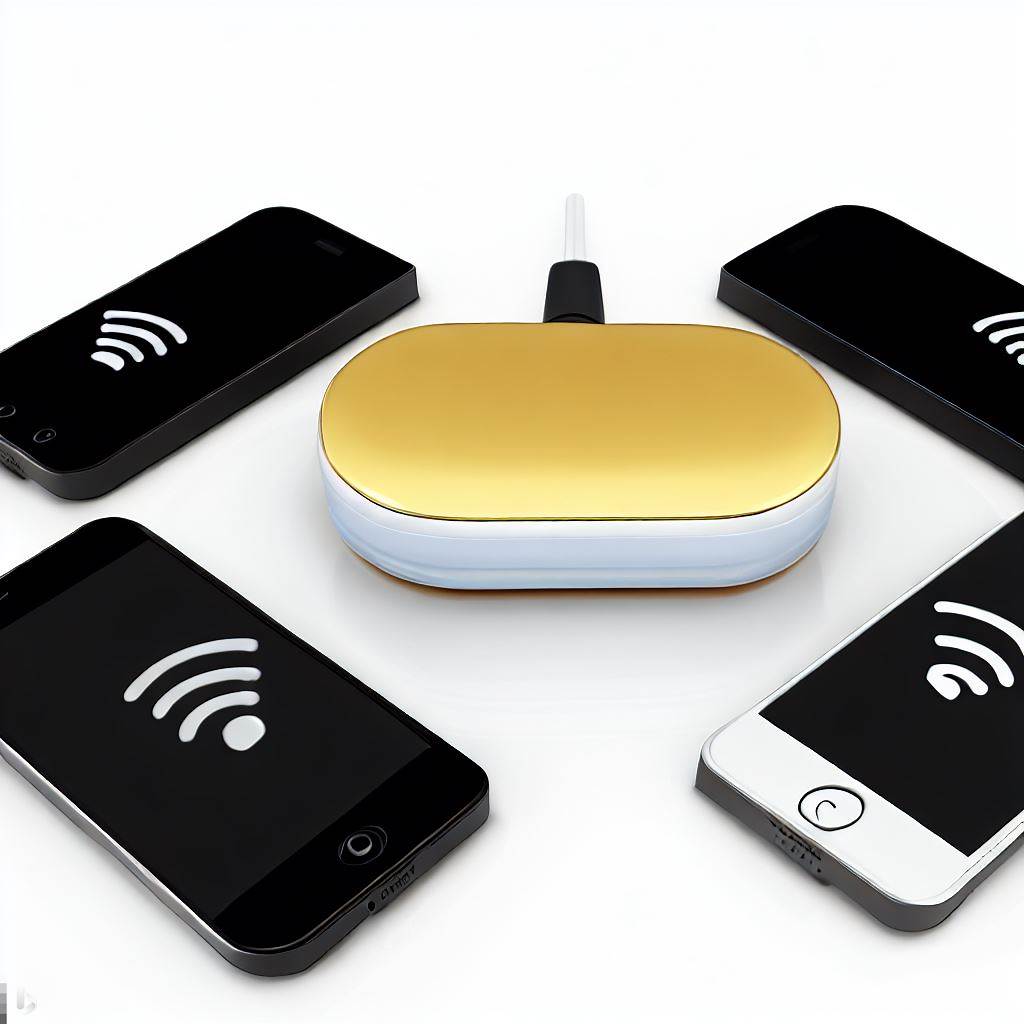
This set of methods can be flexibly adapted depending on your needs, your resources or emerging challenges (e.g., add a new method or abandon another).
For whom?
We developed LadonAuth with physical assets in mind: offices, warehouses, factories, laboratories, sports facilities, VIP rooms, homes, and cars.
While there has been a revolution in the digital world and there are hundreds of solutions to improve authorization, identity and access management, in the physical world we still rely on outdated solutions: keys, access cards, security guards, and biometrics as a single method.
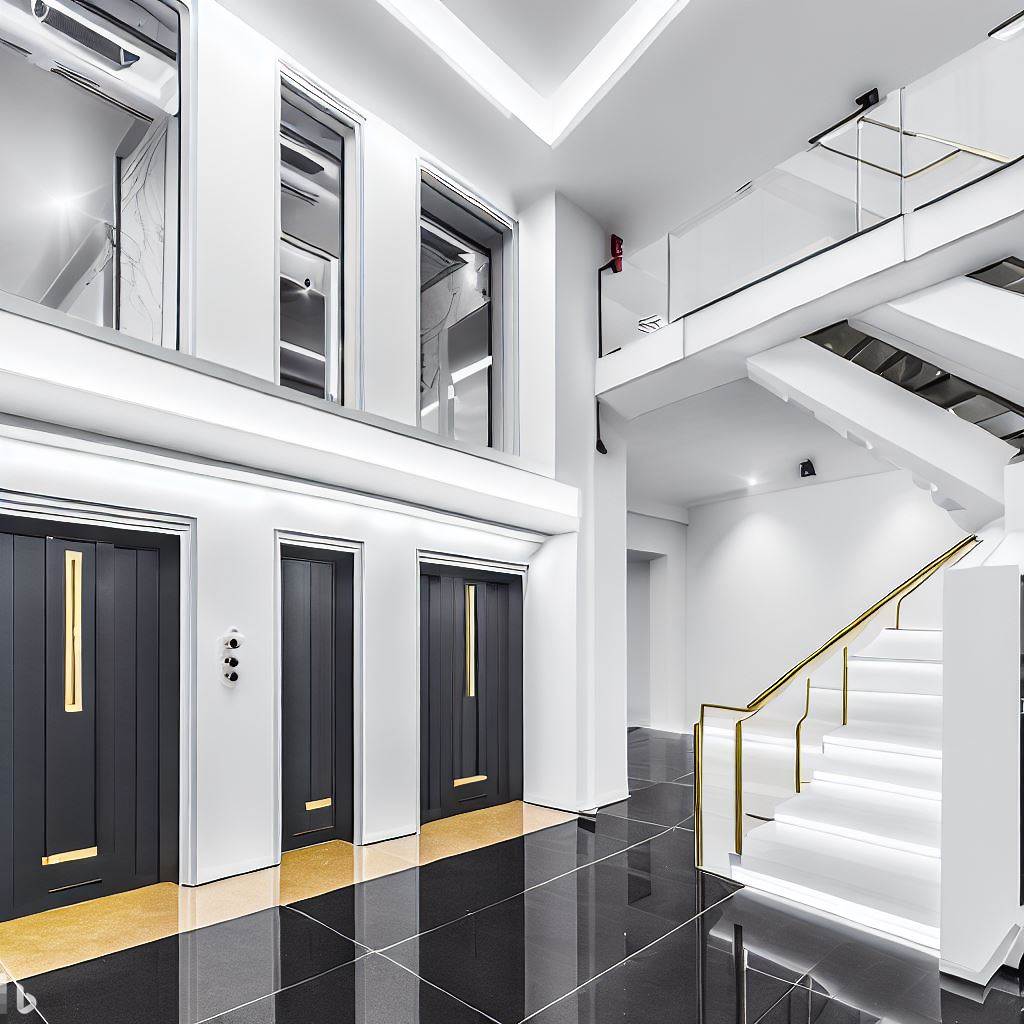
Contact
Let's talk!
Location:
Warsaw, Poland
Open Hours:
Monday-Friday:
9:00 - 18:00
Email:
contact@ladon.id

